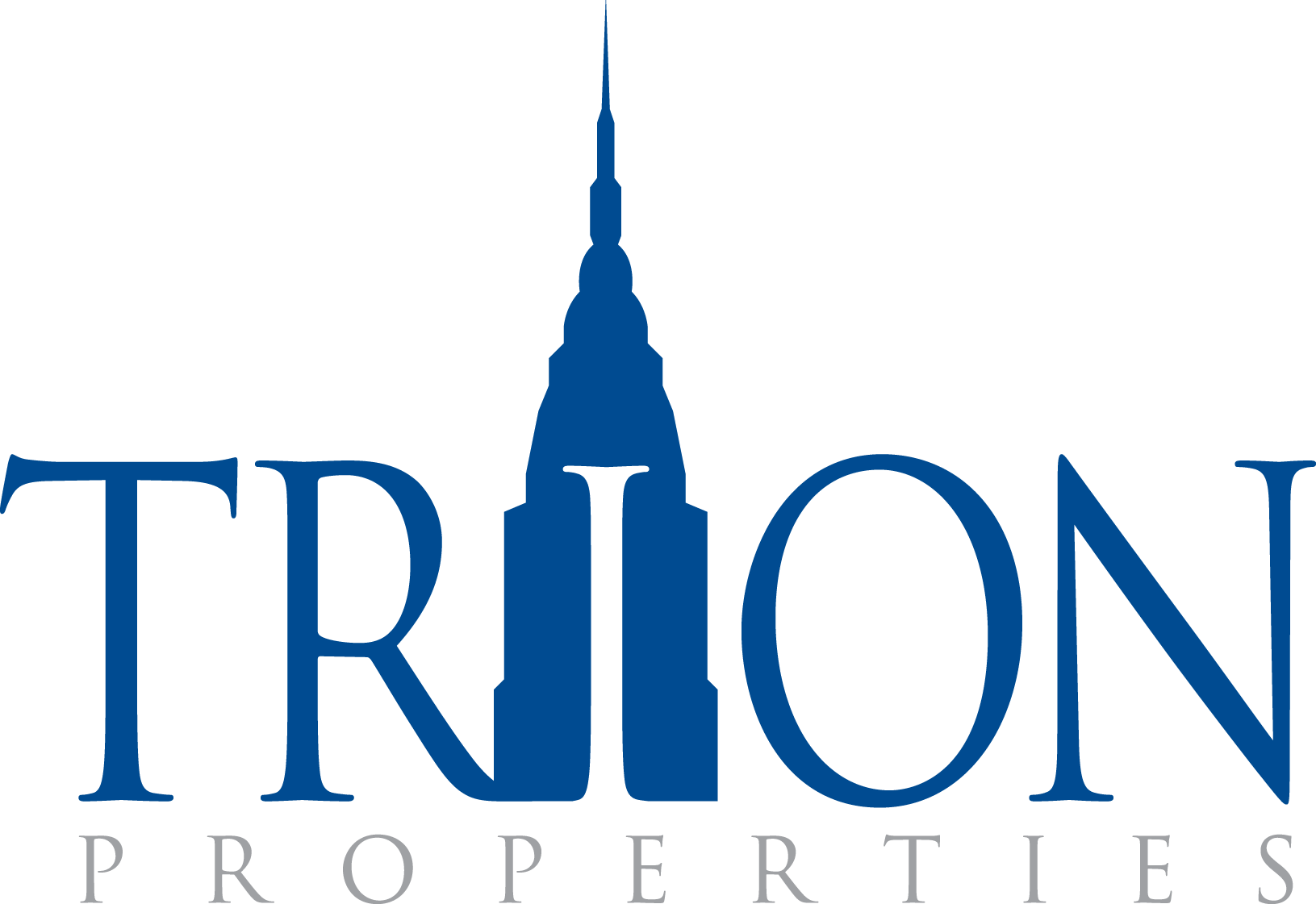Top 3 Criteria to Pinpoint Fast-Growing Areas in Multifamily Acquisitions
by Max Sharkansky
Managing Partner at Trion Properties
When Trion Properties’ team analyzes a potential acquisition, location is—unsurprisingly—a major focus. Our goal is to invest in markets with strong fundamentals that support our value-add strategy. We focus on areas where we can successfully operate throughout the real estate cycle, which means emphasizing sustainable growth supported by a diverse set of strong economic drivers and favorable supply-demand dynamics.
We strive to invest within metro areas that are benefiting from macroeconomic tailwinds. Take Miami, for example, where the multifamily real estate market is red hot. Since 2010, Florida’s most cosmopolitan metro area has clocked 10% population growth and 59% rent growth. Over the last 10 years, job growth in Miami has been 43% faster than the national average, boosted by the area’s low-tax, business-friendly environment.
We recently acquired Art 88, a 294-unit complex in Miami. The asset’s “macro” location is certainly a positive factor: The high-level trends in South Florida are creating meaningful population, wage, and economic growth that directly benefit the property.
When we analyze multifamily real estate locations, though, we get specific—really specific. We dig into the unique aspects of each submarket and neighborhood, taking a block-by-block approach to identifying the most favorable “micro” locations for our strategy.
What criteria do we consider when searching for premier submarkets and micro-locations? Let’s look at three core factors, using Art 88 to illustrate our approach in action.
1. Convenient access to major demand drivers – Strong demand is a key driver of rent growth, and rent growth is a key diver of investment performance. As such, we carefully study a property’s proximity to demand drivers. Does the property offer opportunities for residents to enjoy the quality of life that comes with easy access to good jobs, schools, services, and leisure activities?
For our strategy, ideal submarkets are those which attract local workers and commuters. Art 88, for example, is located two miles from the city of Doral, a big employment hub and one of the top 15 fastest-growing cities in the country. Doral has nearly 20 million square feet of office space and is home to many Fortune 500 companies, including Carnival Cruise Lines, Univision, The Miami Herald, and Brinks.
Medical centers, airports, and universities are also demand drivers. These establishments provide important services to residents and are typically large employers. Art 88 is seven miles from Miami International Airport, two miles from Florida International University, and one mile from Leon Medical Center.
Good schools and easy access to entertainment and cultural amenities also boost demand. Art 88 scores well in these categories, given its proximity to several shopping destinations. Popular mall Midway Crossings, for example, is within two miles. The property is near above-average public schools and adjacent to a top-ranking charter school.
Lastly, we consider transportation access. How easy is it for residents to get to popular destinations within the metro area and region? Art 88 benefits from great highway access, sitting within a few minutes drive to Miami-Dade County’s primary east-west highway from which residents can easily access major thoroughfares, including I-95, the Florida Turnpike, and the Palmetto Expressway.
2. Favorable demographic trends – We seek out micro-locations where renters have strong demand for the higher-end finishes offered in our renovated units. These preferences are closely related to demographic trends, so we examine income and job data to assess whether a given submarket features a substantial population of upper-income households. The figures are favorable for Art 88: Within one mile of the property, 50% of households earn more than $50,000 annually and 27% earn more than $75,000. Leases at the property signed within the last three months show average household income above $100,000, evidence that highly paid households are looking beyond the downtown area to find more affordable housing. Furthermore, nearly 57% of the population within a one-mile radius holds a white-collar job.
3. Constrained supply – Healthy demand is just one part of the equation; the supply dynamics must also be favorable. The best micro-locations have a limited pipeline of supply and low vacancy rates. Taken together, these factors support future rent growth and investment performance.
In the case of Art 88, the submarket vacancy rate is currently among the lowest in the Miami area and is expected to remain below the wider market level over the hold period. The pipeline of upcoming deliveries is notably muted, with few projects of large scale delivering in the next several years. Most upcoming projects will be less than 160 units and unlikely to match the amenity and service profile of Art 88. Moreover, any upcoming supply is expected to be readily absorbed thanks to a rapid pace of population growth.
Fast-growing metro areas like Miami generate a lot of splashy headlines—and rightfully so—but sustainable investment success is all about the details. Micro-locations matter and we believe our meticulous submarket research is fundamental to our ability to deliver outsized risk-adjusted returns.
Sources for data and figures cited throughout CoStar, Bureau of Labor Statistics, United States Census Bureau.

